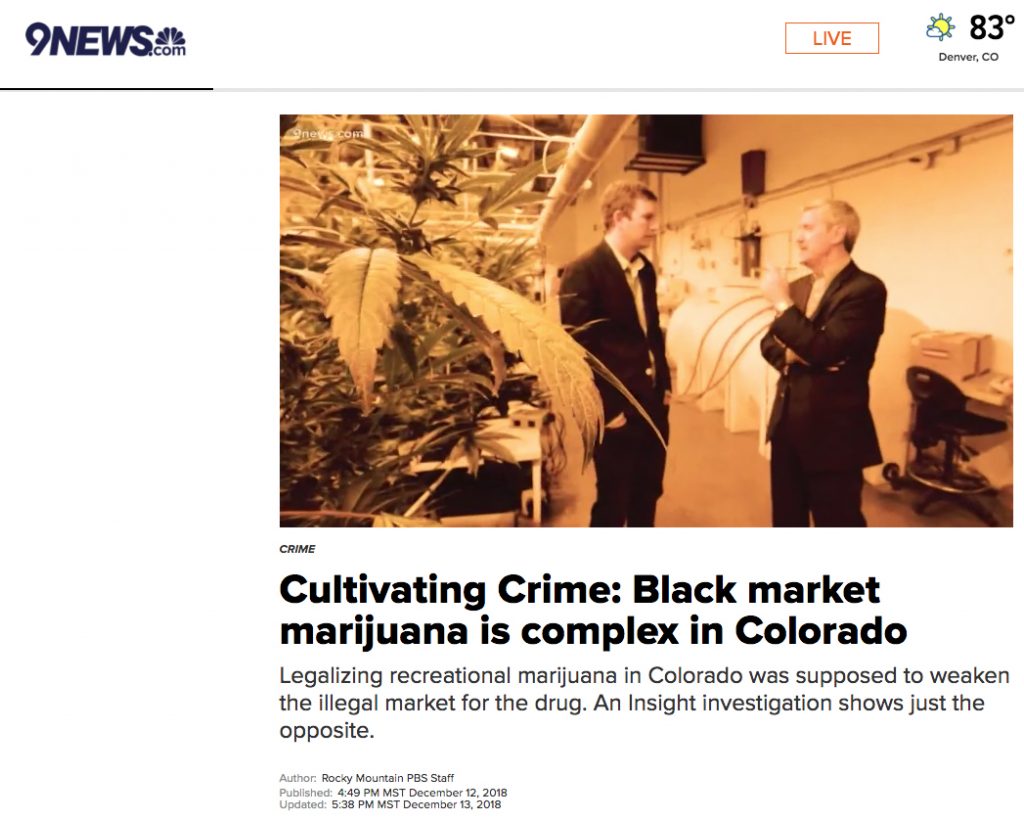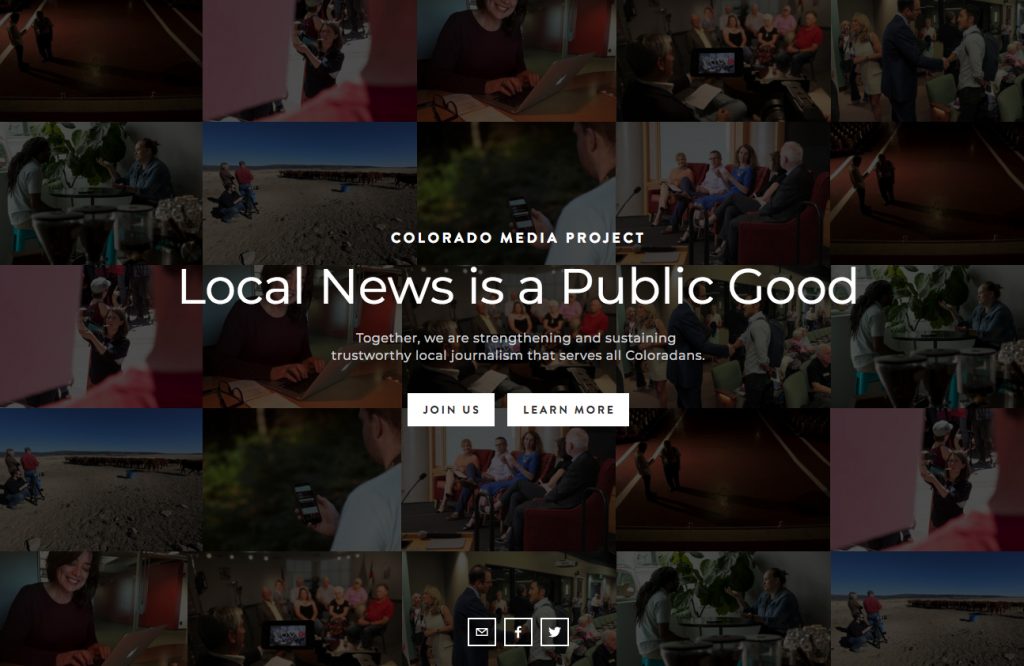“From each according to his ability, to each according to his needs.” — Karl Marx
Karl Marx may not have been talking about collaborative newsrooms when he wrote that in 1875, but it’s a pretty good description and prescription for the sharing agreements that are cropping up around the country, drawing in some local TV news operations like NBC10 in Philadelphia, which we wrote about recently, and including Tegna’s KUSA 9News in Denver, a city that’s a major incubator of collaborative news projects.
“What unique strengths does each collaborator bring? And how can you capitalize on those?” asks Laura Frank, VP Journalism at Rocky Mountain PBS in Colorado, a veteran investigative reporter who’s been making creative content-sharing deals for a decade. Collaboration is “kind of a buzzword now,” she says, unlike when she started pushing it. “Then people looked at me like I had two heads when I said, ‘We’re all going to work on the same story. And we’re all going to publish it at the same time.’ Now, people realize that individual organizations can’t do everything that needs to be done, and collaboration is really the only way to address that.”
Nicole Vap, who runs investigations at 9News in Denver, says the key to a successful collaboration is “seeing where you think you’re lacking: taking a look at your staff and saying, ‘I need more in-depth reporting,’ or ‘I need someone who does data analysis.’ You can get [your collaborator] one thing, and they can get you something else. So you’re both benefiting…knowing that my end product is not going to look like your end product.”
“This idea that a TV news station would collaborate with anyone — there has been a breakthrough in that,” says Frank. “[The people at KUSA] are ahead of the curve, because they got it very early on. And they are reaping the benefits of that.”

The two women have had a lot of time to practice what they preach. They’ve been partners since 2013 in an unusual arrangement between a commercial station and a public broadcaster, in which 9News pays for access to the award-winning investigative team and content at Rocky Mountain PBS. 9News airs cut-down stories from the PBS station’s monthly investigative program Insight, featuring lead reporter John Ferrugia, who was a star for years on KUSA’s Denver rival KMGH. “We’re getting a whole different package, a whole different investigation that no one else in town has,” says Vap. “This is a lot cheaper than hiring John Ferrugia.”
But the relationship goes well beyond the right to show RMPBS work on 9News broadcasts. The two organizations also swap tips and video, share content on digital platforms as well as KUSA’s OTT service; and collaborate on joint, co-branded investigations, including one for the November book that Vap doesn’t want to talk about yet.

I spoke with Frank and Vap separately, but their advice to TV news colleagues who are considering collaborations is strikingly consistent.
First of all, recognize that it’s not easy. “Building trust between reporters is the hardest thing,” says Vap. “Collaborations are difficult,” adds Frank. “There’s usually some kind of fear that somebody’s not going to get credit or somebody is going to make us look bad.”
It’s also challenging to disrupt well-established newsroom processes, says Frank, “especially as pressures increase with more deadlines, and more platforms to feed. So I think one of the big challenges is, how do you break open your workflow to allow this to happen?”
In addition to their earlier advice about building on distinctive strengths, the two seasoned collaborators have these tips:
Talk through the specific details beforehand, including issues like who publishes first, how to share credit, cross-promotion, and distribution on one another’s digital platforms. “When it gets kind of janky is when one person has an expectation the other one didn’t know they had,” says Vap. “Work some of those things out in the beginning; have those hard conversations before you’re actually in a story.”
Work with an organization that’s very different from yours — perhaps one of the growing number of non-traditional, nonprofit, digital news operations like the 230-plus members of the Institute for Nonprofit News, whose board Frank chairs. “There’s probably one in your market,” she says. “And they are coming in with strong public service journalism skills. And a lot of them do not have video skills. So it’s sort of a natural use of everyone’s strengths to collaborate together.”
Start small. (We also heard this advice from other collaboration experts we’ve reported on.) “You could try it out with one story,” says Vap. “You’re testing the water,” says Frank. “If it’s working out, maybe you can go on to bigger things.”

Aside from the relationship with 9News, Laura Frank is helping to create a unique collaborative newsroom on the third floor of Rocky Mountain PBS’s new building, part of an ambitious experiment to preserve and strengthen original local news reporting called the Colorado Media Project. (Christine Schmidt of Harvard’s Nieman Lab recently wrote about it in detail.) “It takes the positive elements of a large newsroom of old,” says Frank, “but recreates it in a way that no hedge fund is going to come in and pull the rug out from underneath it.”
Frank says journalistic collaboration is an idea whose time has come — finally. “I’ve seen that light bulb go on for people all over — not only all over Colorado, but all over the country. I’ve become an overnight evangelist ten years later.”
With apologies to Karl Marx:
From each according to your ability, to each according to your niche.
[Note: The Knight Foundation, one of many blue-chip funders of the Institute for Nonprofit News, also underwrites our work at the Lab.]